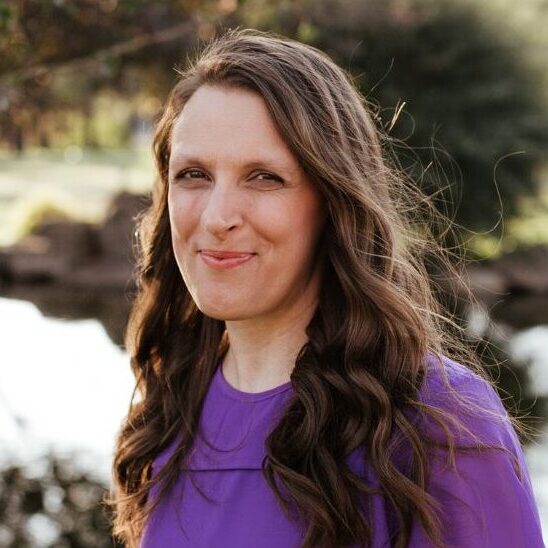How Adoption Begins
Adopting isn’t like being pregnant with a healthy baby and a healthy mama.
Adoption begins with the brokenness of loss and trauma, no matter what age the child is separated from their birth parents. It is always a felt loss, even if it doesn’t come out until later in life.
Waiting
The process of waiting for our girls to come home cannot compare with what they have had to endure thus far. And while their story isn’t as tragic as some, there is still tragedy involved. Any time a child is separated from their birth mother, it is a tragedy.
As we continue to wait, my heart swells with anticipation and longing to have them home. The uncertainty of when they will be here mixed with, will they actually make it here?, is enough to drive my mama stress up a notch. I wish sometimes I could switch it off and ease the pain, but God is molding this heart of flesh.
Motives for Adopting
As a mother with 5 biological children, our heart to adopt was not for ourselves. It isn’t used as a way to expand our family and grow our numbers. It isn’t some fad we’re following, though it seems to be a popular trend among the churches right now.
I am not aiming to shoot down adoption, because there are plenty of instances when adoption is necessary, absolutely. But I fully believe that the heart behind why one wants to adopt is crucial as to how they will allow it to shape them and their adoptive children.
I cannot speak as a mother who has dealt with infertility, so I won’t. And I won’t particularly address women who are dealing with infertility.
But for families with biological children who are looking to adopt, I beg you to consider your motives for adopting.
Adoption is not meant to be self serving, and society has made the mistake of believing that the only people who adopt are those who struggle with infertility. That is absolutely not the case.
Especially in the international adoption world, that is hardly the case. Oh there are still parents who battle infertility who adopt internationally. But they are not the majority.
Aside from the issue of trafficking (which I will address in another post), adoption must be carefully considered because, even if you adopt a baby, that child has suffered tragedy and loss and the effects cannot be ignored or glazed over.
The Reality of Trauma and Loss
Children who have reactions to these traumatic effects will not fully understand or be able to communicate why they are acting a certain way–a way that may not be typical for a well-secured, fully adjusted, attached child.
A child who suffers from attachment disorder is literally missing neuronal pathways in their brain in order to function the same as a child who has successfully attached to their mother. It’s nearly out of their control how they react to certain situations.
But a loving, willing parent can help a child cope, work to build attachment, and create those neuronal pathways. A parent must help them learn to gain control.
So many parents bring their children home, and after weeks or months of being home, their child is not what they expected. They share their frustrations and disappointment wondering how this could have happened. They were simply unprepared for the realities of tragedy involved in adoption.
Don’t get me wrong, nothing can fully prepare a parent to handle very difficult and unusual behaviors in children. But the key is to know to expect it in the first place. It’s vital we educate and equip ourselves so we have some idea of what to do. Often, parents cannot discipline a child who has suffered trauma and loss the same way they do their biological children.
Adoption is Hard
Adoption is far from unicorns and rainbows. It is a beautiful, but broken piece of a child’s life. Beauty doesn’t lie within the perfect looking family; it lies within the redemption provided by a gracious God. The story of our adoptive children is the story of us. We couldn’t be adopted into the family of God without a tragedy happening first—which is the death of Christ.
To adopt is to embrace the tragedy and use it to help our children grow, not brush it under the carpet and believe that because they are in a loving home, it will just change them. It’s just not that simple.
What God has imparted to us, may we impart to our adoptive children.
Resources
I will share our own journey, as our girls make their way home in the coming months. So much has been learned by reading other adoptive family’s stories and reading extremely helpful books, such as The Connected Child and Thriving as an Adoptive Family.
Thriving as an Adoptive Family is more of an overall look of adoption. It covers many topics, but it doesn’t offer a whole lot of depth. Still, it’s an excellent resource to introduce families to how adoption can look.
The Connected Child is a much more in-depth look at specific behaviors of a child, what could be causing them, and how to practically handle the behavior.
But the stories. The stories speak more then any information in a book could.









Leave a Reply